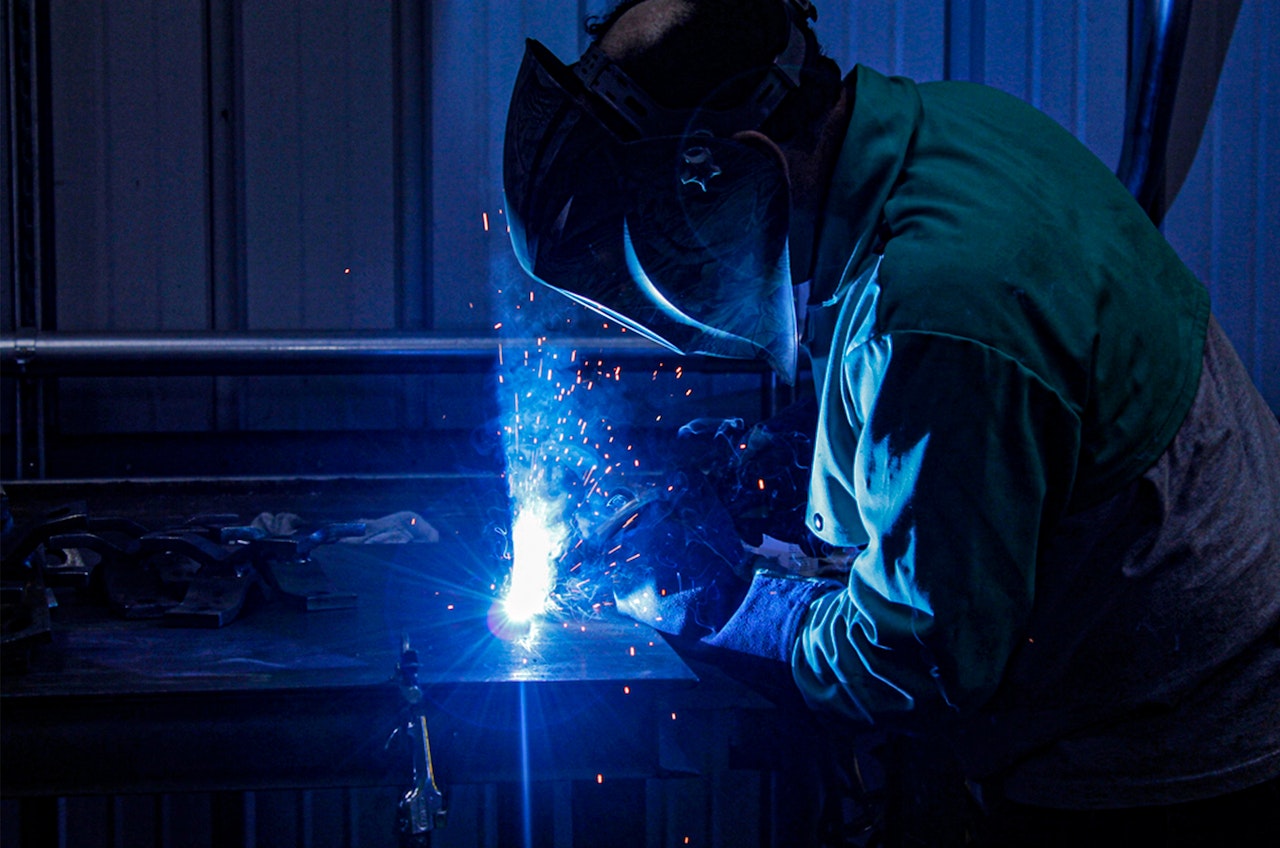What to Know About Welding Gas In Nigeria

What to Know About Welding Gas In Nigeria
Welding is an essential aspect of various construction and manufacturing processes. Welding helps to join metal or another material together in a stable, leak-proof way. A welding gas is a type of cylinder that is filled with an inert mixture of gases that are used in the welding process. A good amount of welding gas can help you get into the groove quickly and efficiently, leaving you with enough time to complete other tasks related to the project at hand. However, finding the right supply of welding gas can be challenging. Before you buy any type of welding gas, it’s important to know what types are available, their pros and cons, and which gas is right for your needs. This article explains more about various types of welding gas that are common in Nigeria as well as their advantages and disadvantages so that you can choose wisely next time you’re looking for one.
Argon gas
Argon is the most common type of welding gas. It is a non-flammable gas that is often used for MIG welding. Argon is often a component of other gases, such as co2 or co2+ welding gas, so you may not always find it as a stand-alone option. Argon is an inert gas, which means it does not react with other substances. Argon is a colourless, odourless, tasteless gas that is mostly made up of helium and neon. Argon is a safe gas to use, and you don’t need heavy equipment to protect yourself from exposure to the gas. Argon is commonly used for welding booths and the majority of welding helmets. It is also used for non-ferrous metals like copper, aluminum, and stainless steel. Argon is typically the standard welding gas used in the Nigerian welding industries.
Helium gas
Helium is a non-flammable gas that is commonly used for TIG welding. This type of welding gas is typically only used for welding stainless steel. Helium is an inert gas and is colourless. It is a lighter gas than argon, which means it is a good choice for welding thinner materials. The advantages of using helium as a welding gas are that it costs more, is less common, and is more difficult to obtain than argon. The disadvantages of using helium are that it is more expensive than argon, it is less commonly available than argon, and it is more difficult to obtain than argon. Because of these disadvantages, helium is less commonly used than argon. It is generally only used to weld stainless steel because helium is a good choice for welding thinner materials, unlike argon.
Co2 and Co2+ welding gas
Co2 is a mixture of carbon dioxide and argon, and co2+ is a mixture of co2 and helium. This type of welding gas is suitable for most types of welding processes. Co2 and co2+ welding gas is often used in conjunction with other welding gases. The advantages of using co2 and co2+ welding gas are that it is inexpensive, it is easy to obtain, and it is safe. The disadvantages of using co2 and co2+ welding gas are that it does not have a very long shelf life, it is not a very clean welding gas, and it is not suitable for all welding projects. Co2 and co2+ are generally only used when welding ferrous metals.
Mixing helium and co2 for Nigeria welding process
Mixing helium and co2 is a good choice when welding stainless steel. When mixing these two gases, you need to use a certain ratio in order to get the best results. Mixing helium and co2 is a good choice when welding stainless steel, but it is important to follow the correct ratio. The mixture should be 30% co2 and 70% helium. When mixing helium and co2, you should be careful to maintain the correct ratio. Mixing them improperly can lead to troubles with your weld.
Propane and Butane Welding Gas
Propane and butane are non-flammable gases that are commonly used for MIG welding. Propane and butane are both inexpensive and easy to obtain. Propane, butane, and CO2 are commonly used together as a combination for welding. Propane, butane, and CO2 all have different boiling points, which means you can use different amounts of each depending on the temperature. Propane and butane are generally used when welding indoors or in a controlled environment where there are no sparks. Propane and butane are generally used when welding indoors or in a controlled environment where there are no sparks. These gases are generally used for ferrous materials and thin materials. Some advantages of using propane and butane welding gas are that they are inexpensive, they are easy to obtain and store, and they are not flammable. Some disadvantages of using propane and butane are that they do not provide a very clean weld, they do not work well with thick materials, and they are not very environmentally friendly.
Conclusion
Welding is an important part of many manufacturing and construction processes. Welding gas is a type of cylinder that is filled with an inert gas that is used in the welding process. Argon is the most common type of welding gas, helium is a good choice for welding stainless steel, co2 and co2+ are commonly used together as a combination for welding, and propane and butane are commonly used for MIG welding. When you’re looking for welding gas, it’s important to know what types are available, their pros and cons, and which gas is right for your needs.


Reviews